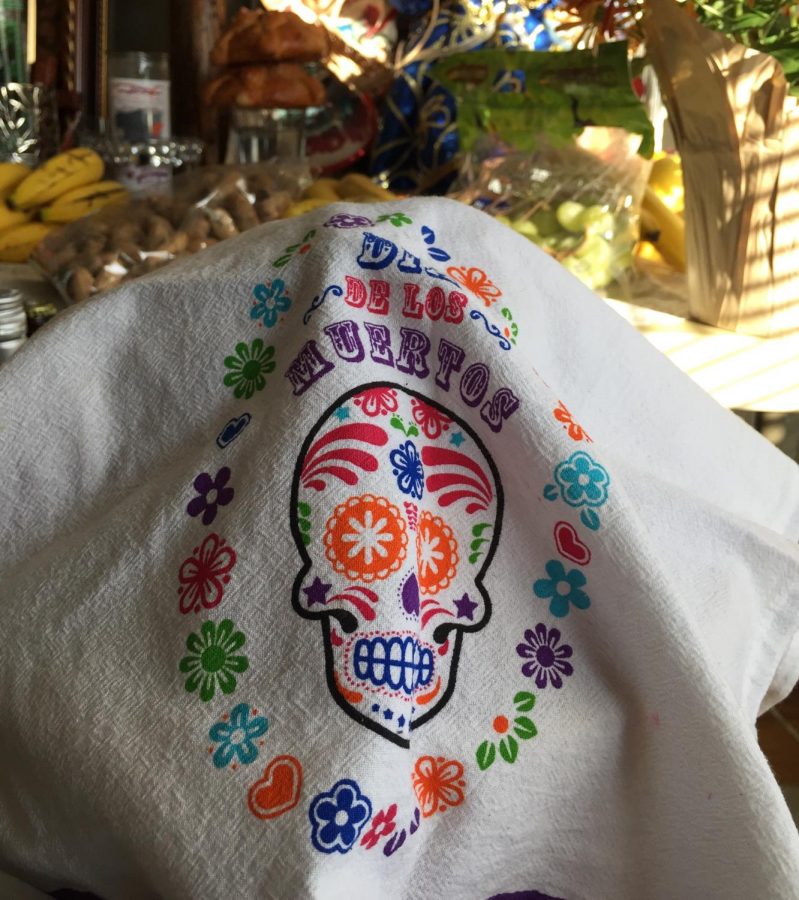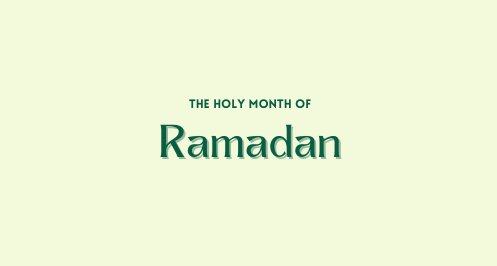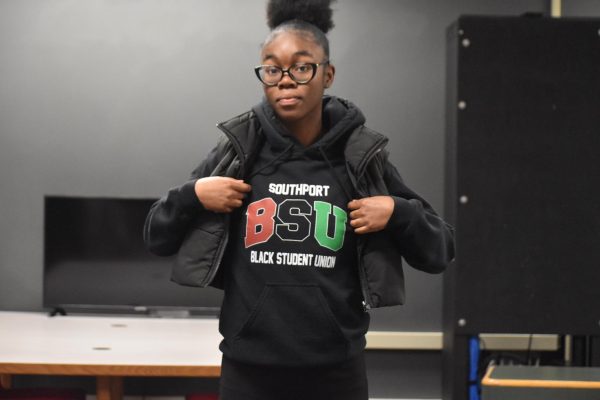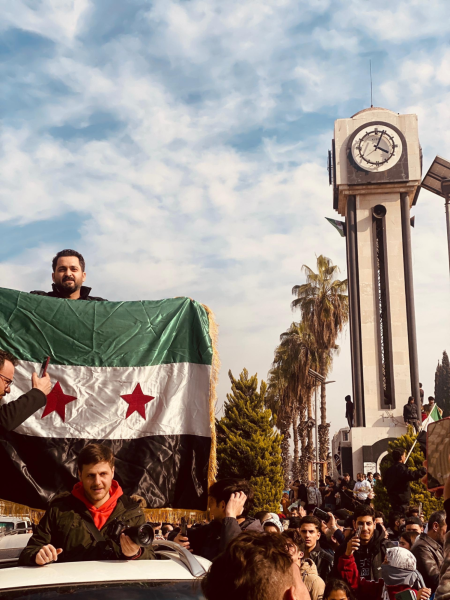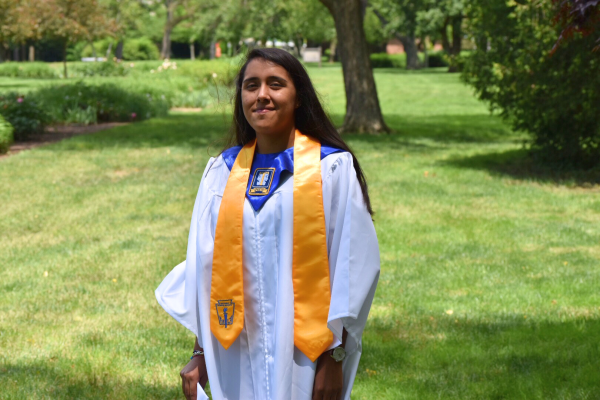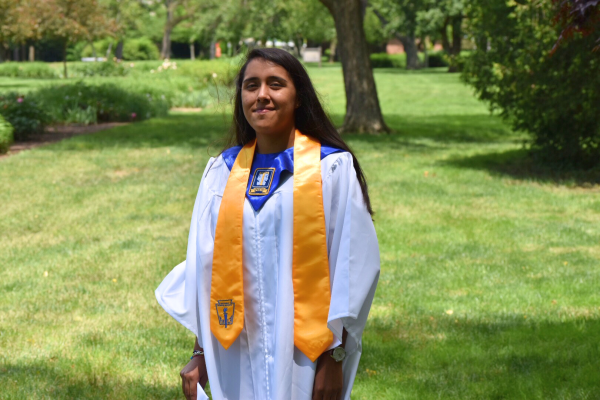Foreign tradition made local
SHS students celebrate a common Mexican tradition
An altar is set up by SHS students. Its purpose is to honor the dead and help their family remember them.
As delicious watery treats get placed on the altar and the smell of marigolds fill the living room, prayers are made along the altar to remember relatives who have passed away.
Día de los Muertos, meaning Day of the Dead, is a Mexican celebration that remembers ancestors and relatives who have passed away. This holiday is celebrated from Oct. 31 to Nov. 2. Family members place food and goods to decorate their loved one’s graves.
Dia de los Muertos is mostly celebrated in the central and southern regions of Mexico, but immigrants have brought the tradition all over the U.S., including SHS.
Freshman Yaharya Prado celebrates Dia de los Muertos with her family to remember her loved ones who have passed away. Prado’s family is from Guadalajara, Mexico and celebrates by placing an altar inside her house and placing images of her family members who have passed away on it. Prado fills the alter with foods and goods that her relatives used to love to eat or play with.
“I celebrate it by putting an altar with my family members who have passed away,” Prado said. “We put food, bread, candles, and water.”
When the Dia de los Muertos arrives, many families gather around their relatives graves or images of them to pray. People also tend to leave marigolds, a special kind of flower, that brings a sweet fragrance to the room. These flowers help lead the spirits their families.
Another way Prado feels closer to her relatives is praying with her family. Prado mentioned that the tradition is important for her family because it’s a way to remember those who passed away in a good way.
“Even though they’re not present with us we still have a way to be with them,” Prado said.
On the days of celebration, Mexicans have the chance to visit relatives who have passed away in the cemetery and decorate their graves with flowers. Dancers also take part of the tradition. The dancers dress up in colorful, long dresses. The dancing is a feeling of relief and warmth knowing that their loved ones are in a better place.
The Dia de los Muertos is not only about remembering relatives who have passed away, but also having a huge feast after the celebration. When people place food on the altar, it stays there for at least three days. Once the celebration is over, people feast on the food placed on the altar so the food doesn’t go to waste. The most common food found on the altar is Pan de Muertos (Dead Bread). This bread is only made on the day of the celebration.
The celebration is a time for many to reminisce. People try to remember the good things their relatives did and what made them happy. The Dia de los Muertos makes people feel in touch with their relatives as if they were still alive. Prado mentioned that when she celebrates the day, it makes her feel as if she’s next to her dead relatives.
“It makes me feel good because I’m remembering them,” Prado said. ”It’s a way for me to not forget about them.”
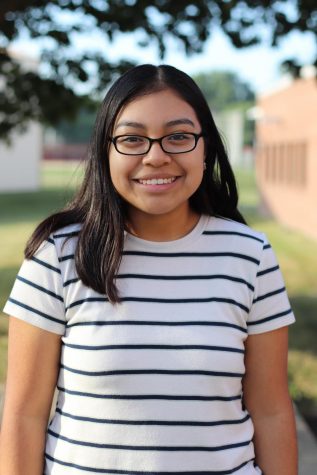
Hello, my name is Nayeli Ahuatl. I’m currently a junior at SHS. I’m a Reporter for the Forgein Language and Social Media sections. This is my first...


